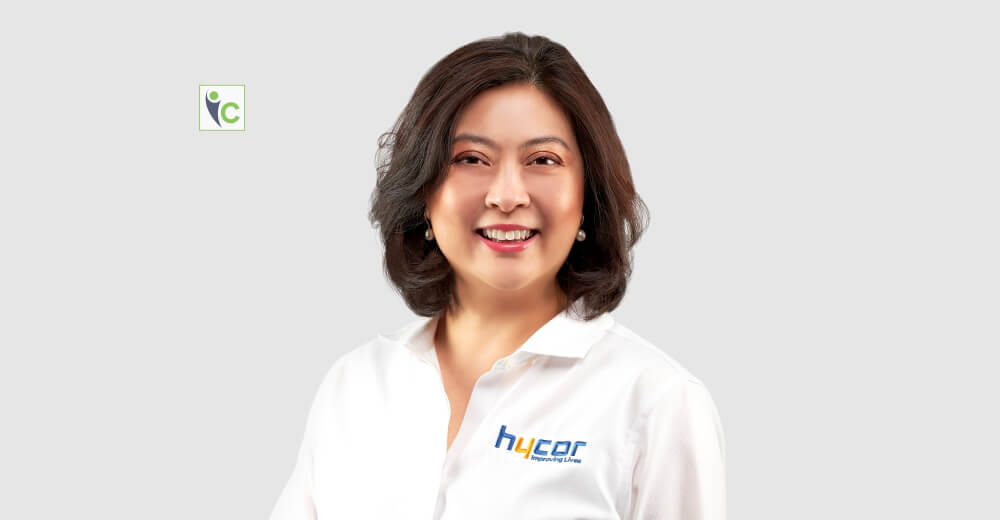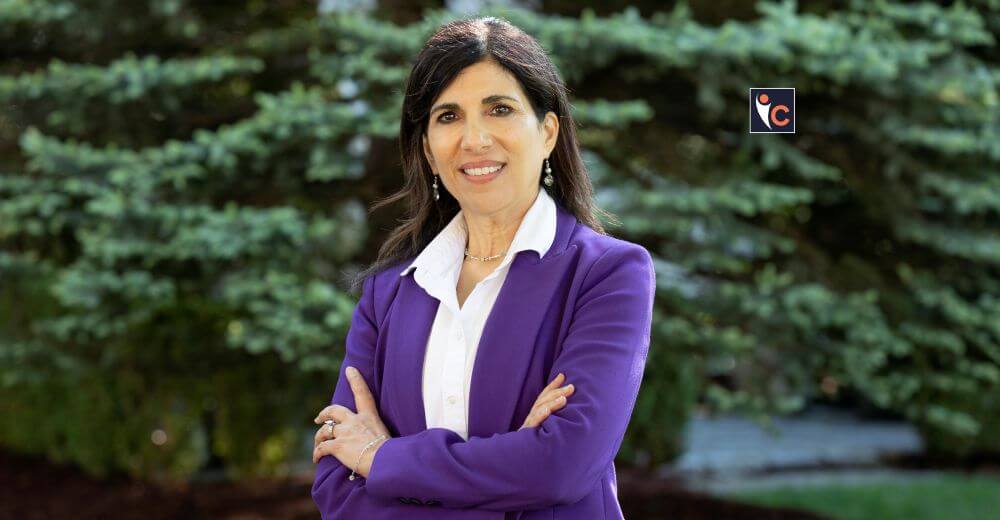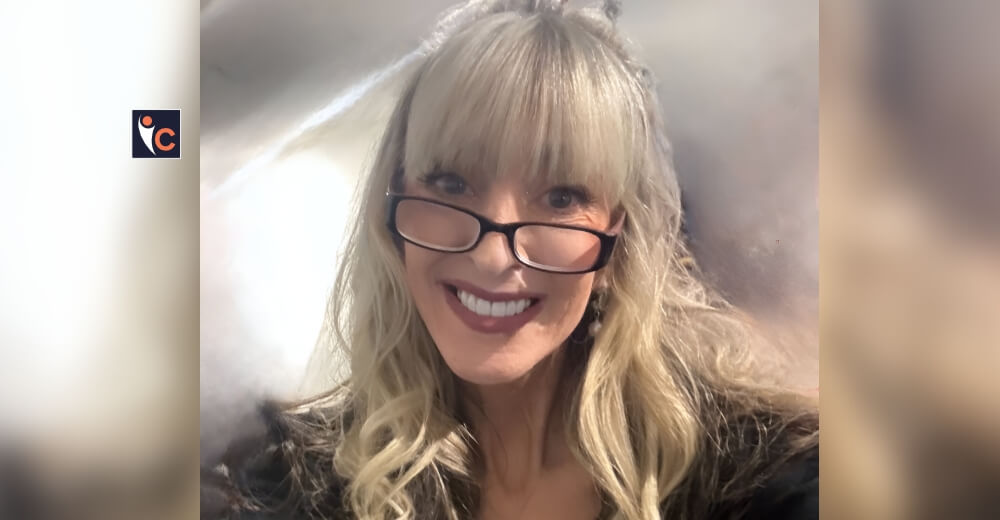As we all know, more than 50 million Americans suffer from allergies every year. However, the diagnosis of allergies remains a major challenge. Comprehending the causes of an allergy could enable people to avoid something far more life-threatening than a runny nose.
Conventional diagnostic testing systems use 20- to 30-year-old technology that is prone to interferences observed in many samples and requires 40 to 50 µL of sample per specific IgE (sIgE) test.
Not only can the significant interference connected with such technology cause false positive or false negative results, but the large sample size also means labs often run out of material before they can test all the allergens in a panel, forcing the patient to go back to the clinic for a redraw. These and other issues plague labs’ processing tests, increasing the strain under which they operate.
HYCOR Biomedical recognized related challenges in the allergy care industry. It aims at bringing forward technology and a solution that would reduce the amount of samples needed to run diagnostic tests and increase accuracy. The company would fill a much-needed market opportunity. The result of HYCOR’s endeavor is the NOVEOS® System.
The NOVEOS sIgE uses only 4 µL of serum per test and can run ten times more tests with the same sample size many current diagnostic systems use. By reducing the sample size by 90 per cent per test, patient discomfort can be significantly reduced, and the need for patient redraws is substantially eliminated.
HYCOR’s President and CEO, Fei Li, MD, PhD, ensures that the company’s innovative allergy testing solutions, including its NOVEOS System, are installed in diagnostic and other types of labs around the world. It will help her achieve HYCOR’s ambitious goal: to improve lab efficiency and accuracy to enhance the quality of life for patients and their families.
Before coming to HYCOR, Dr Li worked in In Vitro Diagnostics (IVD), medical and diagnostic devices, as well as clinical medicine. She has broad and extensive experience in product development, business development, operation, and healthcare investments.
These experiences have provided Dr Li with the knowledge, ability, and vision to lead teams charged with improving product design, increasing operational efficiency, and recognizing investment opportunities in the domestic and international healthcare sector.
Mission to Increase the Accuracy of Testing Labs
Arriving at HYCOR in 2016 as president and chairwoman of the board, Dr Li rose to CEO the following year. In a short period, she successfully secured multiple rounds of financing for HYCOR. This increase in funds has fueled the company’s growth and built a world-class leadership team.
Combining these elements helped successfully guide the company from the development phase to the commercialization of the NOVEOS system and NOVEOS allergy assays.
To help make these solutions to market, Dr Li sought out technologies that were not being taken advantage of in the diagnostic space—for instance, uniting high capacity paramagnetic microparticle technology, using fluorescence and chemiluminescence detection. This methodology enabled HYCOR to develop the NOVEOS system, including its NOVEOS Microparticle (Fluo Bead™) technology.
The use of microparticle technology combined with chemistry and system design allows for the radically small sample size requirement that reduces patient discomfort during the allergy testing process. “This systemic approach enables the NOVEOS system to operate at just a 4 µL sample volume,” said Dr Li., “which is a big deal for labs but an even bigger one for patients.”
In conventional testing methods, samples containing cross-reactive carbohydrate determinant (CCD) structures tend to produce falsely high results, particularly when using cellulose-based technologies. This incorrectly identifies proteins as the cause of an allergic reaction.
Likewise, suppose a patient’s sera contained excess biotin, often due to taking nutritional and other types of supplements. In that case, the biotin can compete with the biotinylated protein in test design, resulting in a false negative or falsely diminished signal. Whether the issue is related to CCD or biotin, this explains why traditional testing methods often produce inaccurate results that mislead physicians and their patients.
The NOVEOS system overcomes CCD, biotin, and serum-based substance interference. With more than 35 million microparticles per test, each Fluo Bead provides a vast surface area and high binding capacity to produce superb sensitivity, excellent performance, and improved accuracy.
Taken together, the technology behind the NOVEOS system greatly improves the efficiency, productivity, accuracy, and cost-effectiveness of allergy diagnostic testing labs.
Implementing New Technologies
“The system’s onboard capacity can load up to 10,500 tests per run to test up to 150 allergens,” said Dr Li. Another advantage is handsfree operation, as the system can be plumbed and set to run continuously for up to 13 hours. “By installing the NOVEOS,” Dr Li added, “labs can cut down on costs while increasing throughput and accuracy.”
The use of these new technologies also helps reduce if not eliminate Quantity Not Sufficient (QNS) occurrences. “Conventional allergy testing methods tend to be not able to produce results in up to ten per cent of samples, which unfortunately appear to occur more frequently in pediatric-focused labs,” said Dr Li. The technologies used in the NOVEOS system enable small sample size tests, allowing for more testing to be performed on a single sample that minimizes QNS episodes.
These improvements have been validated by physicians working both in routine clinical practice and academic settings. One such individual is Robert Hamilton, PhD, D (ABMLI), Professor of Medicine and Pathology, Johns Hopkins University School of Medicine, and Director of Johns Hopkins Dermatology, Allergy, and Clinical Immunology Reference Laboratory.
For the company, the most important variant is this 4 μL sample per test measurement, which expands the utility of the NOVEOS over existing methods. The technology used is rigorous, and 4 μL will change the venue in the selection of methodologies for the future, especially in the pediatric world.”
Guiding Light to Health Entrepreneurs
On the subject of people looking to form a startup in diagnostics or other areas of healthcare, Dr Li offers the following advice:
- Understand your customer
- Seek talented people who share your vision and passion
- Build a strong team and strong culture
“To truly understand your customer base,” said Dr Li, “you must have one-on-one conversations with them. It takes time, but it’ll increase the likelihood that you’ll develop unique products and services that solve your customers’ challenges,” she added.
The same holds true with finding and hiring the right people. “The time you invest in a series of deep conversations, before making an offer, allows us to be more selective and find quality employees who are the right fit.”
Ultimately, Dr Li has this to say about forming a startup in the healthcare space. “Go for it! It’s gratifying to explore innovative ideas and contribute to a better future for all of society.”
Increase Product Portfolio, and Market Presence for the FUTURE
The company will continue investing in R&D and other developmental efforts, exploring next-generation technology with external partners, and expanding its presence in EMEA, China, APAC, and the U.S.
“We seek global partners that share our passion in helping physicians pinpoint their patients’ true allergy triggers,” said Dr Li. Other plans include investing and building a strong service team as well as practicing and promoting a company culture that focuses on serving our customers. “In doing so, we will provide best-in-class products and service to labs and technicians around the world so they can improve the quality of life for their patients and the patient’s families,” said Dr Li.















